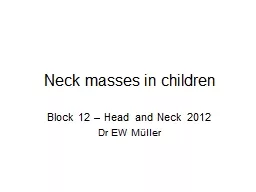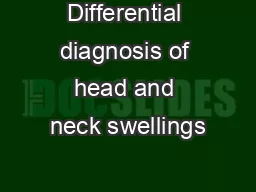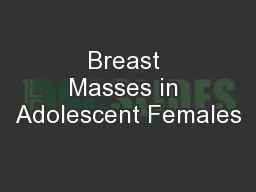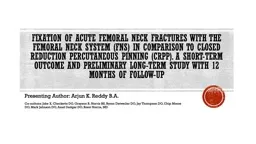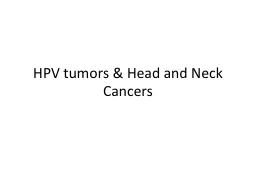PPT-Neck masses in children Block 12 – Head and Neck 2012
Author : tatyana-admore | Published Date : 2018-12-24
Dr EW Müller Aetiology Infections with acute or chronic lymphadenitis Tumors Congenital Thyroglossal cyst Epidermoid cyst Branchial cyst or fistula Lymphangioma
Presentation Embed Code
Download Presentation
Download Presentation The PPT/PDF document "Neck masses in children Block 12 – Hea..." is the property of its rightful owner. Permission is granted to download and print the materials on this website for personal, non-commercial use only, and to display it on your personal computer provided you do not modify the materials and that you retain all copyright notices contained in the materials. By downloading content from our website, you accept the terms of this agreement.
Neck masses in children Block 12 – Head and Neck 2012: Transcript
Download Rules Of Document
"Neck masses in children Block 12 – Head and Neck 2012"The content belongs to its owner. You may download and print it for personal use, without modification, and keep all copyright notices. By downloading, you agree to these terms.
Related Documents

